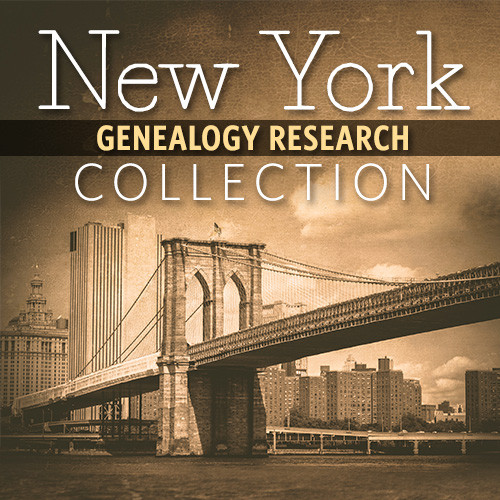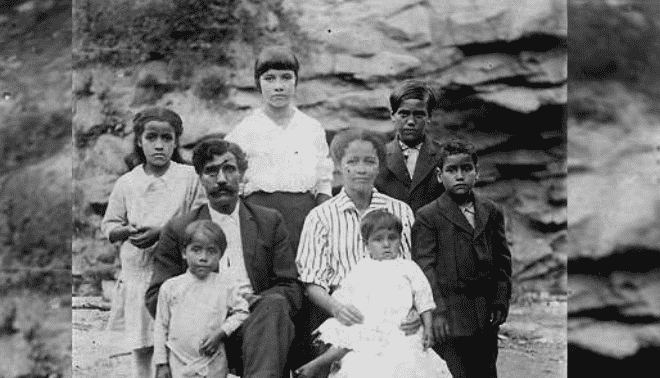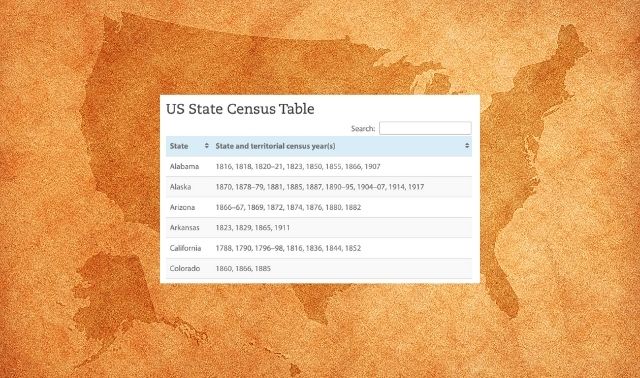In the first article of this series, we gave you an introduction to researching your ancestors in state archives, and shared our first tip: exploring virtually. Now that you’ve made your online game plan, we’re going to help you hone in on the focus of your research.
Tip 2. Adjust your focus
The sheer number and variety of collections make a trip to the state archives a researcher’s dream. In addition to the convenience of having so many records under one roof, there’s the chance to explore rare and unique items. It’s incredibly thrilling to see your ancestor’s signature on his original land grant, or hold the old register listing her birth in your hands. Also, now that the Family History Library is no longer lending copies of its microfilms, the state archives may be one of the few places outside of Salt Lake City where you can view a particular film.
Make your plan
Before you fasten your seat belt, though, take some time to plan what you want to accomplish. A focused trip is much more likely to be successful. Answer these questions:
- Who am I concentrating on?
- Where and when did the person live?
- What do I know about the family?
- What do I hope to learn from this research trip?
- What types of records could provide clues or answers?
Goals vs. Objectives
Some research goals and objectives should emerge from this process. A broad goal might be to find who your great-grandmother’s parents were, or identify the place your great-grandfather came from. Objectives are the smaller, more specific steps that help you accomplish the goal. To find those elusive parents, objectives could be to search for a marriage record, determine what families lived in the area when your great-grandmother was born, and look at wills and estate records for those families.
Time for a to-do list
Once you have a clear idea of your objectives, you’ll be ready to come up with a research plan for your visit. Think of the plan as your to-do list. It need not be elaborate; a few short sentences and bullet points will do. At the top of the page, identify who you’re researching and state your goal. Then list your objectives. Under each objective, list the sources you’ll need to look at, along with the information you need to find these sources at the archives. We’ll cover how to do that below.
If you’re researching multiple families in the state, do this kind of evaluation for each one, as the resources you’ll need to look at will vary. Having your plans in place will keep you from feeling overwhelmed when you walk through the doors of the archives. Preparation is the key to a productive and successful research trip.
Next up, we’re helping you master the online catalogs for state archives!
This kit is packed with the best research tools and techniques you need to trace your genealogy in this diverse state. Get yours today!





